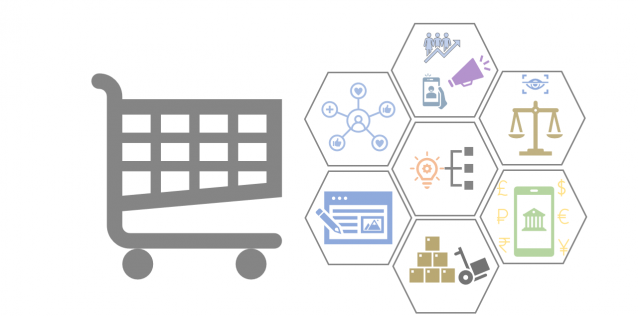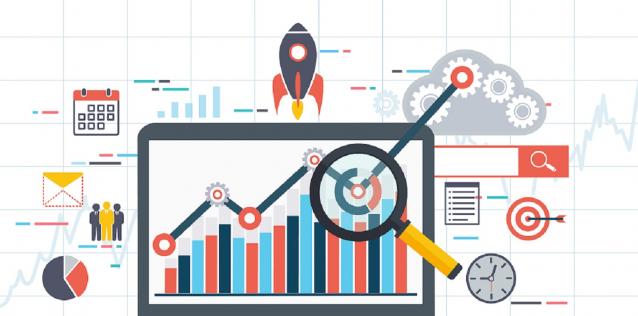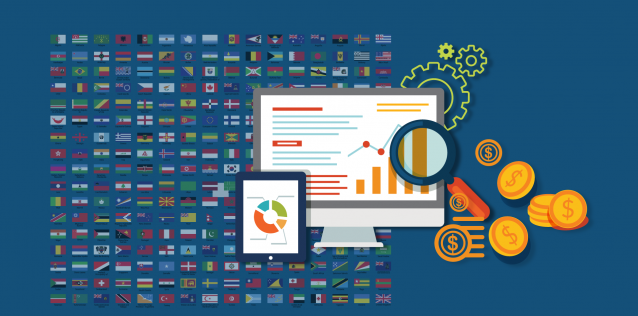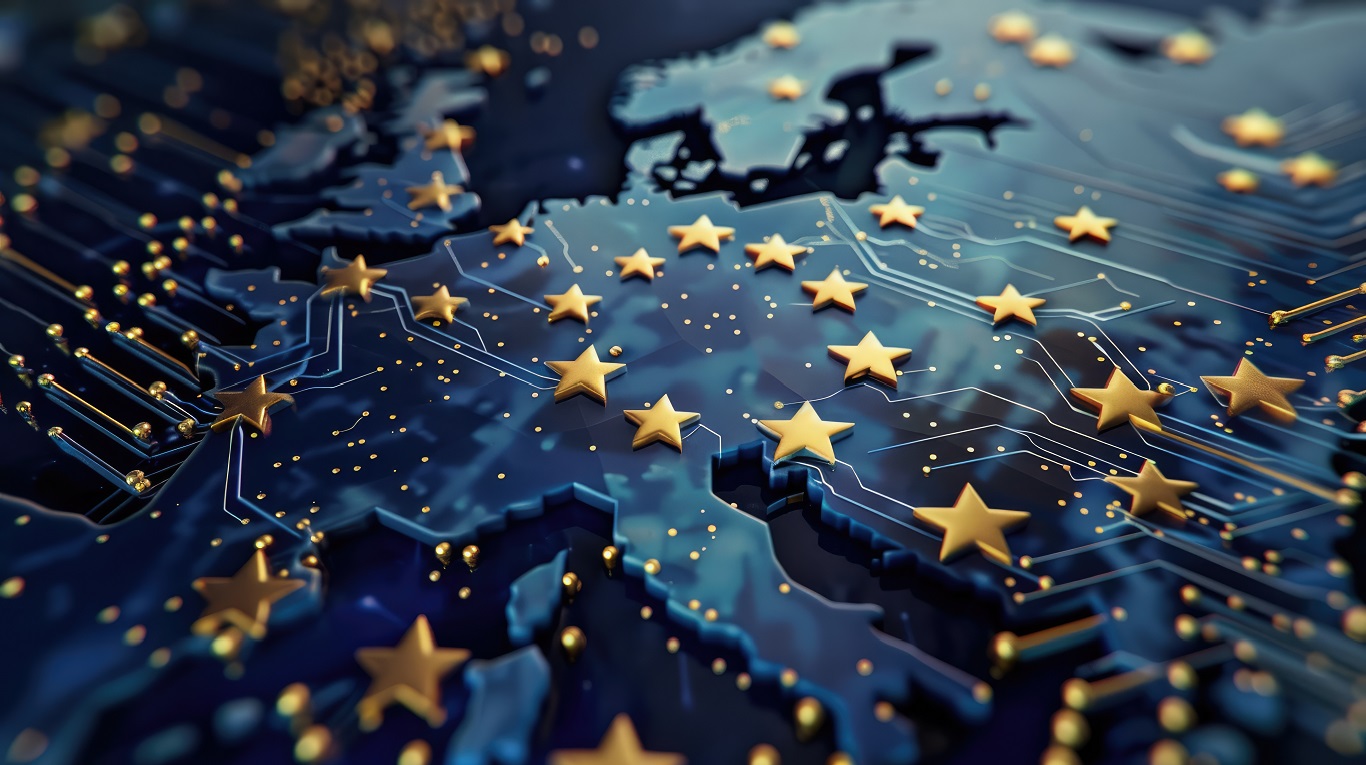European B2B eCommerce Markets Forecast
European Region B2B eCommerce Forecast
In 2022, the European market, primarily led by Germany, the United Kingdom, and France, was valued at US$1.3 trillion and is projected to reach US$2.2 trillion by 2027, reflecting the lowest growth rate of 10.2% among all global regions in the same forecast period.
This contradiction between Europe’s B2B growth of value despite a shrinking of overall worldwide share, is largely because many suppliers in central, eastern, and southern Europe still lack user-friendly digital purchasing options, in stark contrast to the high level of business activity in Western Europe and the rest of the competing world.
The European Region B2B eCommerce Snapshot
The majority of B2B cross-border ecommerce within Europe occurs within its geographical borders between European countries, while only 30% of B2B cross-border ecommerce is happening with countries outside of the European region.
In the global manufacturing industry, the self-learning ability of robots and advancements in artificial intelligence (AI), such as natural language processing (NLP), deep learning, and computer vision, are crucial in the development of smart factories. These technologies enable advanced manufacturing, where robots independently recognize and utilize equipment and parts, improve error handling through pattern recognition, optimize future manufacturing processes and robot deployments in tasks like automated drilling, fastening, and sealing are increasingly common, especially in environments unsuitable for humans.
Germany, with the third highest robot density in the world, exemplifies how smaller businesses benefit from these advancements, using robots to automate labor-intensive tasks. The global inventory of operational robots surpassed 3.5 million units in 2023, which, despite fears of job losses, is expected to boost GDP and create more skilled, higher-paying jobs.
Return to eCommerce Frontline Library Content
Looking for more ecommerce resources?









